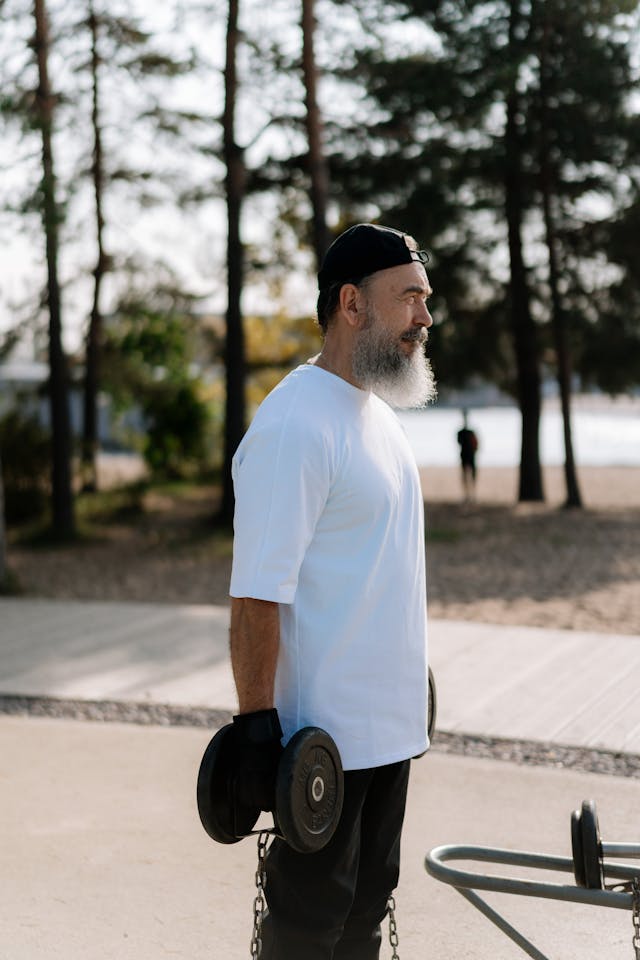Shoulder replacement surgery is a vital procedure designed to alleviate severe pain and restore mobility for individuals suffering from chronic shoulder issues. Whether it’s due to arthritis, rotator cuff tears, or fractures, shoulder replacement surgery offers a new lease on life for many patients. Understanding the recovery process is crucial to ensure a successful outcome. This guide provides a comprehensive overview of the recovery journey, from immediate post-surgery care to long-term rehabilitation.
Shoulder replacement involves replacing the damaged parts of the shoulder joint with artificial components. The main types of shoulder replacement surgeries include:
These surgeries aim to reduce pain and improve function, but the recovery process is equally vital to achieving the desired results.
The first few days after shoulder surgery are critical. During this time, patients typically stay in the hospital for monitoring. The focus is on managing pain, reducing swelling, and starting gentle movement to prevent stiffness.
Immediate care involves:
Patients often wonder, “can you go home right after shoulder replacement surgery”? The answer depends on individual recovery, but many are discharged within a few days, provided they can manage pain and perform basic activities with assistance.
For more information on the services we offer post-surgery, visit our Physiotherapy page.
Shoulder replacement recovery time varies depending on the type of surgery and the individual’s overall health. However, a general timeline can provide a framework for what to expect:
Recovery time from shoulder surgery can vary, and adherence to the prescribed therapy regimen is essential for optimal results. For those requiring additional support, our team at Healthproof Physio is here to help.

Physical therapy is the cornerstone of shoulder reconstruction recovery. It begins with gentle movements to maintain flexibility and prevent stiffness. As recovery progresses, exercises are tailored to rebuild strength and improve shoulder stability.
Common shoulder exercises include:
A well-structured physical therapy routine is essential to fully recover and prevent future shoulder issues.
While most patients experience a smooth recovery, complications can arise. It’s essential to be aware of these and take steps to mitigate risks.
Possible shoulder surgery risks include:
Being vigilant about these complications and maintaining open communication with your healthcare provider can significantly improve outcomes.
Certain lifestyle changes are necessary to protect the shoulder and ensure long-term success post-surgery. Patients often ask, what are the limitations after reverse shoulder replacement? Generally, heavy lifting, overhead activities, and repetitive motions should be avoided or modified.
Key post-surgery lifestyle adjustments include:
These changes help protect the joint and maintain the benefits of the surgery.

Long-term shoulder care doesn’t end with initial recovery. Regular follow-up appointments with your surgeon and physical therapist are vital to monitor progress and address ongoing issues.
Post-surgery follow-up involves:
Consistent long-term care is crucial to ensuring the longevity of the shoulder replacement and maintaining a pain-free life.
Recovering from shoulder replacement surgery is a journey that requires patience, dedication, and the proper support. By understanding the process and following a structured recovery plan, you can regain strength, mobility, and, ultimately, your quality of life. At Healthproof, we are committed to guiding you every step of the way, ensuring your recovery is as smooth and successful as possible.
If you’re preparing for shoulder surgery or currently navigating your recovery, don’t go through it alone. Our team of experienced physiotherapists is here to provide personalised care tailored to your needs. Contact us today to schedule an appointment for our mobile health services around Melbourne and Sydney and take the first step towards a full recovery. Contact us through our website to learn more about how we can support you on your journey to better health.

